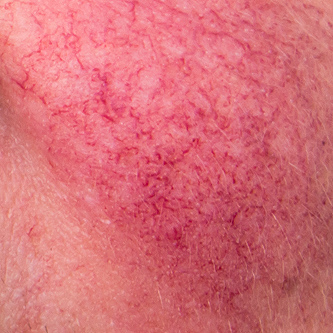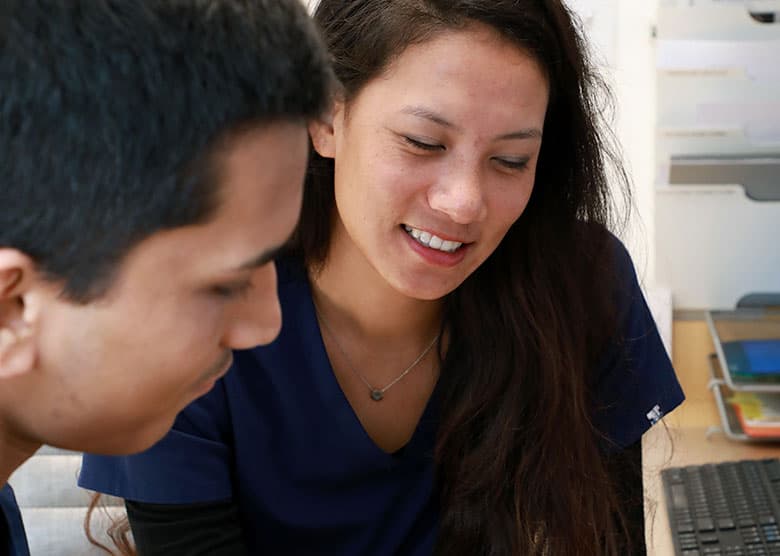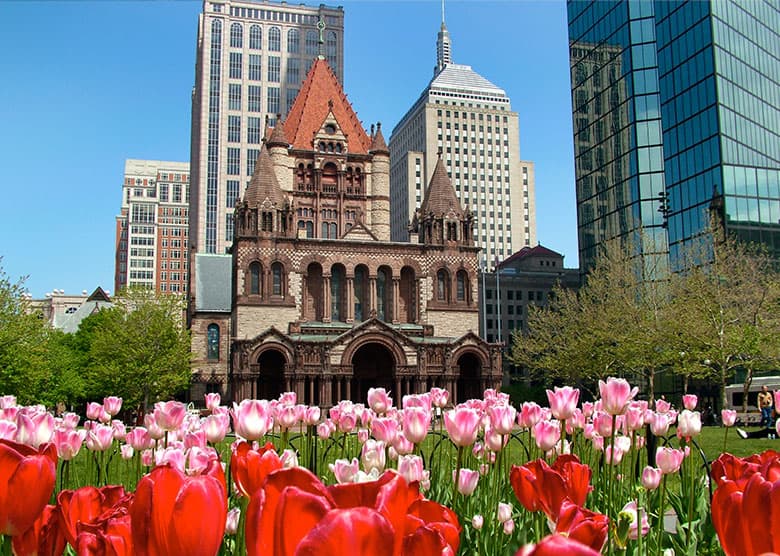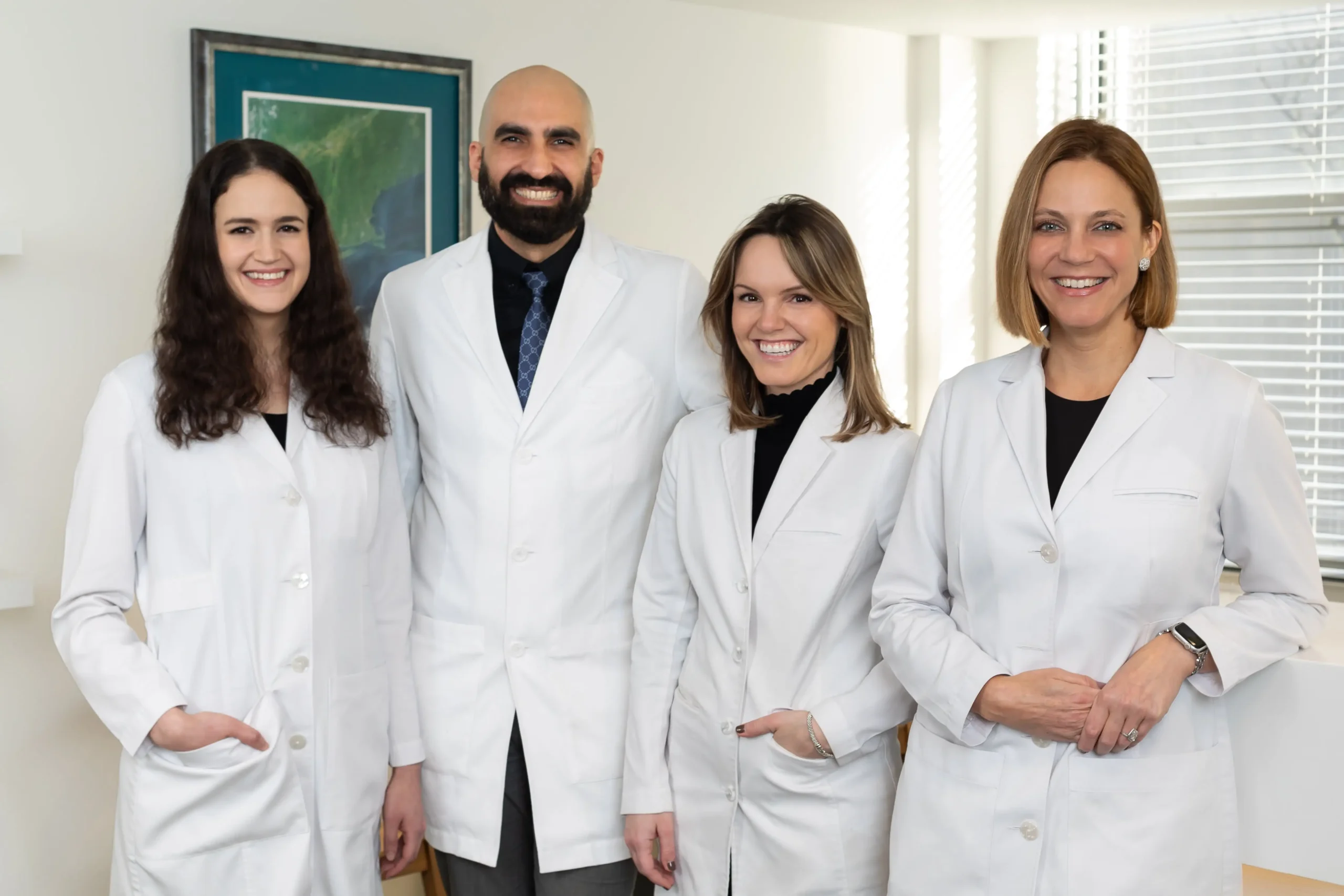What is Rosacea?

Rosacea is a chronic inflammatory skin condition that affects the face. It is usually marked by flushing or redness of the face and can also exhibit pimples, red bumps, or telangiectasia, a.k.a visible blood vessels. Rosacea can make the skin extremely sensitive. Rosacea has four subtypes:
1) Erythematotelangiectatic rosacea is persistent redness of the face and can include visible blood vessels.
2) Papulopustular rosacea is often confused with acne as the person will have red bumps or pimples that can be pus-filled.
3) Phymatous rosacea is classified by the thickening of the skin and increased bumpiness. Typically this is seen around the nose, causing it to look bulbous, referred to as rhinophyma. This is more commonly seen in men.
4) Ocular rosacea is when the eyes can become swollen and red. This can also present as dry and itchy eyes.
What Causes Rosacea?
The cause of rosacea is unknown, but there is typically a mix of hereditary and environmental factors. Some studies show that rosacea is more commonly seen in fair-skinned people, women are more prone to rosacea than men, but men tend to have more severe cases. A person may also be more prone to rosacea if they have family members that also have it. There are also some studies on different triggers that may worsen a flare-up. These triggers range from stress, alcohol, sun exposure, extreme heat, the cold, wind, and spicy foods.
Rosacea and Acne – The Differences
Rosacea and acne can be very similar in symptoms, and there are even people who have both acne and rosacea. This is why it is important to always talk to your dermatologist, as they will properly diagnose you.
When a person has acne, they will typically have a mix of whiteheads (closed comedones), blackheads (open comedones), pimples, or cystic acne. Acne also tends to be more prevalent on the face, jawline, chest, or back. When it comes to rosacea, if there are pimples, they will not be accompanied by comedones. Another key difference is what is triggering the outbreak or flare-up? Is it hormones, a night of drinking, strong wind, or medication changes? Acne is most likely from the hormones or med changes, whereas rosacea is geared closer to alcohol consumption and weather changes.
“OK, I went to my dermatologist, and they diagnosed me with rosacea. Now what?”
Even though there is no cure for rosacea, there are still plenty of ways to help manage and mitigate flare-ups. The first thing you will want to do is start tracking any flare-ups. Did you forget to wear your sunscreen, eat a spicy meal? What were any possible causes for the most recent flare-up? If stress is a common trigger for you, try incorporating some additional self-care into your daily habits. Some self-care ideas may be to start meditating, being mindful of your breath, playing with a furry friend. Find what works for you. Second, you will want to work with your doctor to find the best products for your skin. Typically gentler ingredients will be beneficial to help calm rosacea. You will want to stay away from an extensive skincare routine that includes strong exfoliants as they can further irritate the skin.
At Dermatology Institute of Boston, we have physicians who will help you determine what treatment options are best for your individual skin care needs. Treatment will take time, but we are here to help you.









